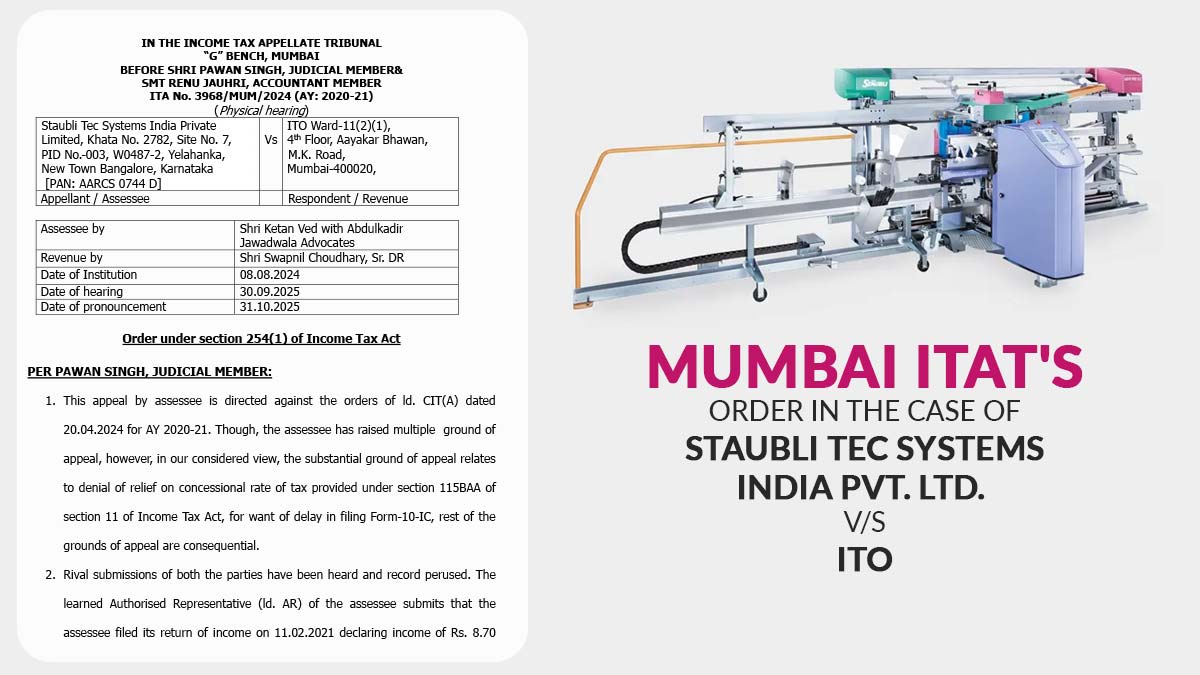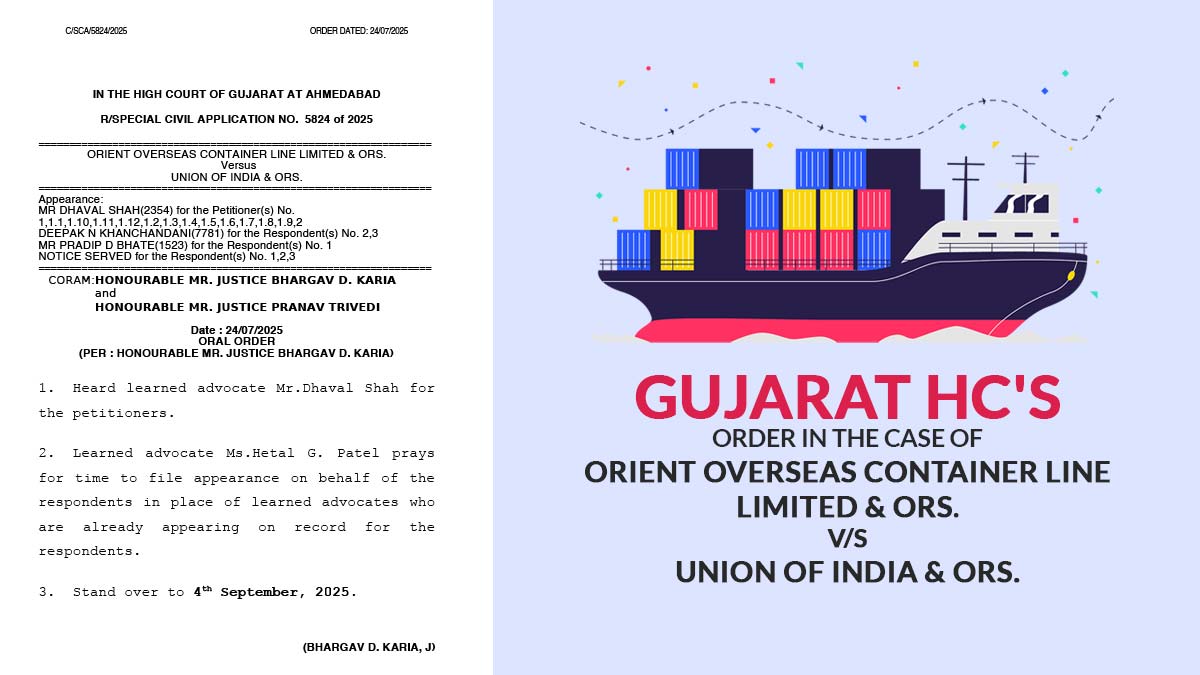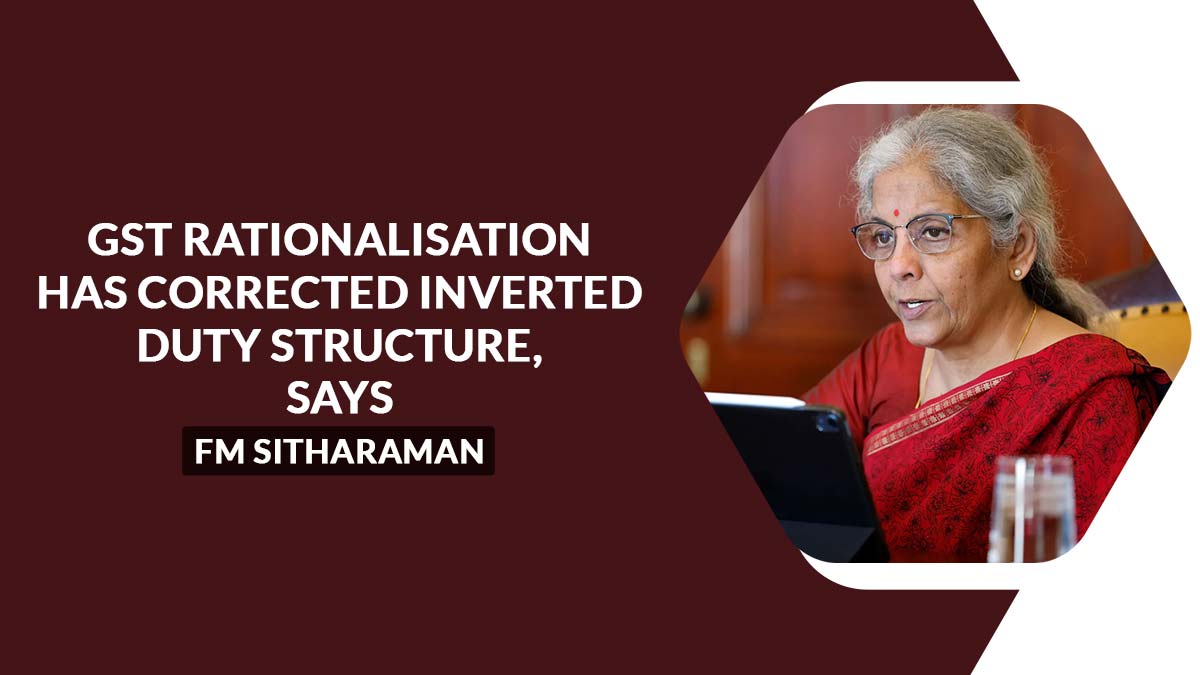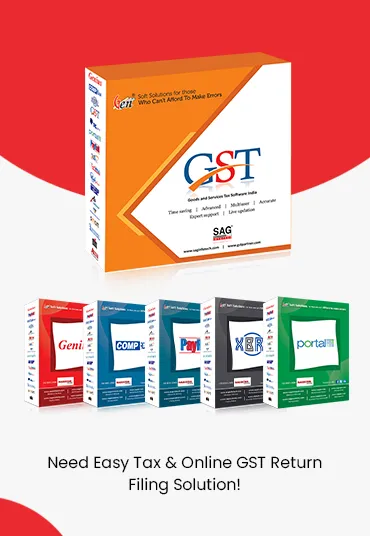GST is an innovative indirect tax system implemented to simplify the tax process in India. It replaced multiple state and central taxes with a single comprehensive tax framework, leading to a more efficient and transparent system for businesses.
The primary objectives of GST are to eliminate the cascading effect of taxes, improve tax compliance, and make it easier to conduct business.
In the GST Tax Regime, There is Some Benefit for the Companies:
Here are some of the benefits for the companies under the GST regime as reducing the tax burden and working costs for companies, while also creating a unified national market.
Common Return Form for Centre and State
The days are gone when there were different returns at the centre level and the state level (Service tax return at the centre and VAT return at the state level). In GST, there will be one return for services and goods, and there is no need to file 2 different returns at the state and centre level. It’s a big relief for the assessees that now there is a single comprehensive return.
Common Taxation Procedure
All over India, now only one tax procedure will be followed. That’s why the whole of India becomes one market. Now the company will sell their goods and services without any state territory limits.
Online Facility
In GST, there is an online facility by the department for the payment of tax and filing of return, registration, etc. These facilities will save the time and cost of the company, as well as compliance with the tax provision will be done smoothly.
Tax Credit Benefits
In GST there we can take tax benefit of interstate sales and purchase of goods and services. As there is no distinction between goods and services, why now either sales of services or goods can we now take a tax benefit for both and its inter interchangeable.
Export Oriented
In GST, there are lots of tax benefits in the case of exports. There are easy refund process in case of export. So we can hope that after the application of GST, other export procedures will be easier and business will grow at a faster rate.
Nullify Cascading Effect
There are lots of taxes that are available now a days, and that’s on the sales and purchase of goods or services tax is computed on the tax amount too (like in the excise act, VAT is applied on excise duty amount too) it’s called the cascading effect. After GST only one tax is applicable all over India, and that’s why cascading will be nullify. And the main impact of this is that the prices of the goods will go down.
Wider Area of GST
In GST, the area becomes wider, that’s why each assessees in the supply chain becomes part of the GST. So the loop-holing of tax minimize and all kinds of assessee can take benefits from each other.
State can’t Effect the Business of the Companies
In the current scenario, each state has their own taxation system and their own tax liability to the assessee of the state. But after GST, the tax rate (About to same), that’s why for business purposes there is no difference. Now, assessees can business anywhere in India and enjoy all the benefits.










Respected ma’am,
With respect to your profession/interest related to indirect tax, I need your help for my MBA project.
My MBA project is centered on Impact of GST on Logistics sector.
On basis of this i developed the questionnaire to elicit what majority of logistics stakeholders expect from GST.
Down i’m giving the link for the questionnaire and i request you to fill it and if you can circulate among your associates, I will be highly grateful to you.
link for questionnaire (Please fill it )
http://www.surveygizmo.com/s3/2773294/Migration-to-GST
Ma’am like there are many examples from manufacture, wholeseller,retailer and finally consumer for pre and post GST analysis. Can you spare some time and share a example which is based on logistic firm for pre and post GST analysis. I know i’m asking so much but your guidance will help me to a great extend.